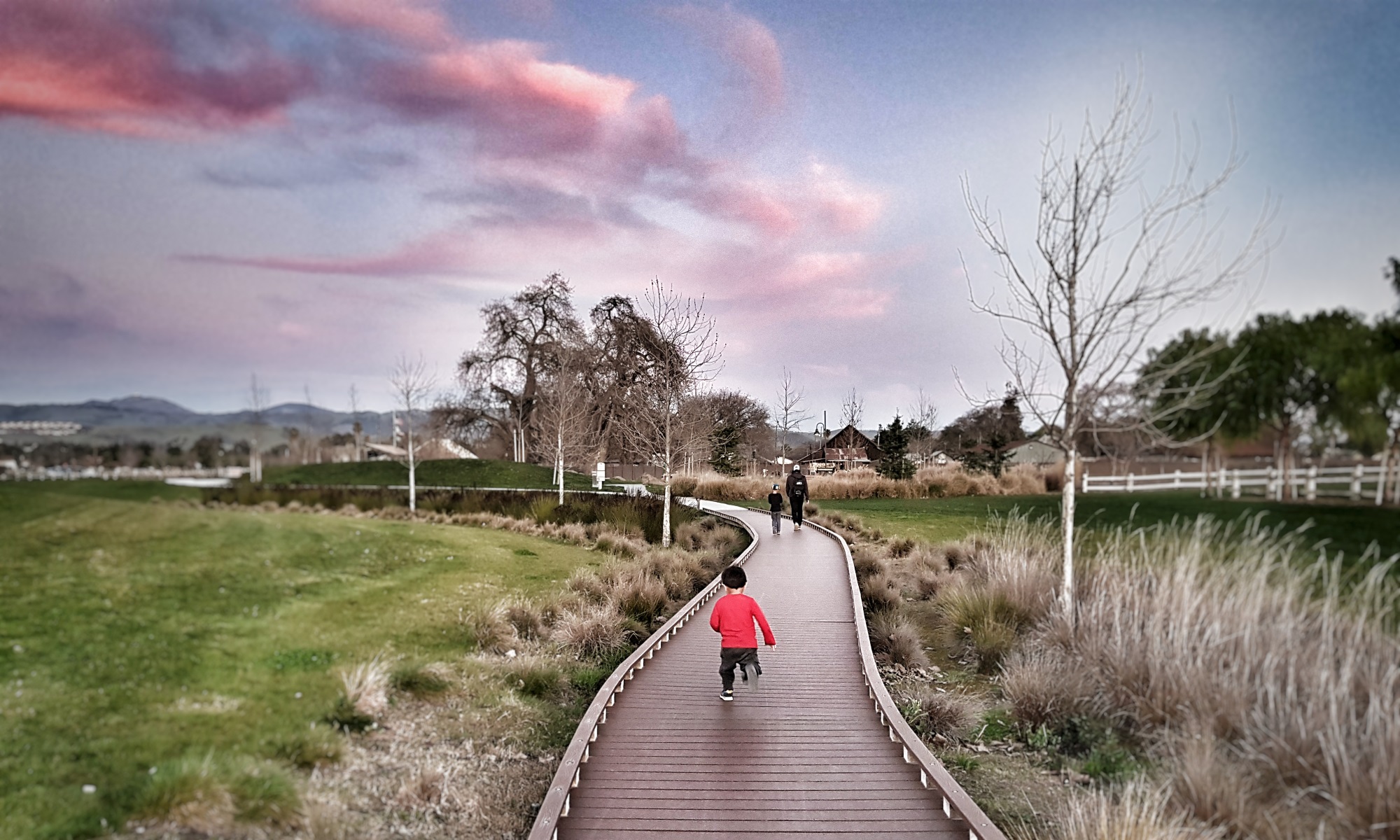The current state of smartwatches relies heavily on the smartphone you carry with you. For the most part smartwatches acts mainly as a second screen on your wrist giving you notifications of messages, emails, incoming calls, and pertinent information from apps that are installed on your phone. The reasons I chose to get a smartwatch was that I needed a watch that could display the stats of my workout runs, and the ability to notify me of message/calls when I don’t have my phone on me but it is still nearby on my desk or in another room.
Prior to making my decision to go with the Pebble Time I tested 2 other watches; Moto 360 and LG Urbane
The Moto 360 and LG Urbane runs on the Android Wear OS by Google which evidently works with only Android phones. These watches offer the features and functionality that the Pebble Time also provides plus other features such as heart rate monitoring, Google Now voice activation, and among a few others. But unfortunately the battery life for Android Wear lasts at most a day and a half. Just as disappointing is its screen for outdoor visibility. It’s fantastic when indoors, but when I use it with my running app it can be difficult to see when the sun is directly overhead.
The Pebble Time is a watch that takes a different path. It works with both Android and iOS devices and the battery life lasts up to 7 days, but from personal usage 5 days seems to be the norm even with hundreds of notifications alerting throughout the day. The long battery life is due mainly for its choice of the display technology. It uses a color e-paper technology which is very similar to the Amazon Kindles e-readers. The downsides of using e-paper display is that it has poor visibility indoors, but luckily it has a backlight that can be turned on with a flick of the wrist or a press of a button. Another big factor going for the Pebble Time is it has a large active developer community. There are hundreds, if not thousands, of watchfaces and apps available to install on the watch and all of them are backwards compatible with the previous generation of Pebble watches.
Ultimately, I choose the Pebble Time for two main reasons:
1. The battery life – It’s nice to know that I can still use my watch if I forget to charge it the night before or the last few nights. Even if I drain the battery I can fully charge it within an hour and it’ll last me for another week.
2. Water resistance (up to 30m) – I workout with my watch and I sweat a whole lot. I’ve also showered, wash dishes, and given my children a bath with it. It’s nice to know that it can handle being wet. Unlike the Android Wear watch which can be submerged under 1m of (still) water for 30 minutes which doesn’t provide much confidence in getting wet compared to the Pebble Time.
If you’re looking for a smartwatch I definitely recommend the Pebble Time. But if you’re looking for an Android Wear device I recommend the LG Urbane. It has one of the longest battery life for an Android Wear device and it looks great. There are other options such as the Apple Watch, but my experience with it has been very limited. The smartwatch era is just beginning and it’s only going to get better and more exciting. If you’re the still on the fence on whether to get one I completely understand. As of right now the only justification in getting a smartwatch is if you’re specifically looking for notification device on your wrist or a companion to your workouts.
Rating for Pebble Time
Rating: 









Pros:
Long battery life (up to 7 days)
30m Water Resistance
Great outdoor visibility
Works on iOS and Android
Tons of apps and watchfaces
Cons:
Poor indoor visibility (without backlight)
Low resolution screen
Not aesthetically nice as other smartwatches


